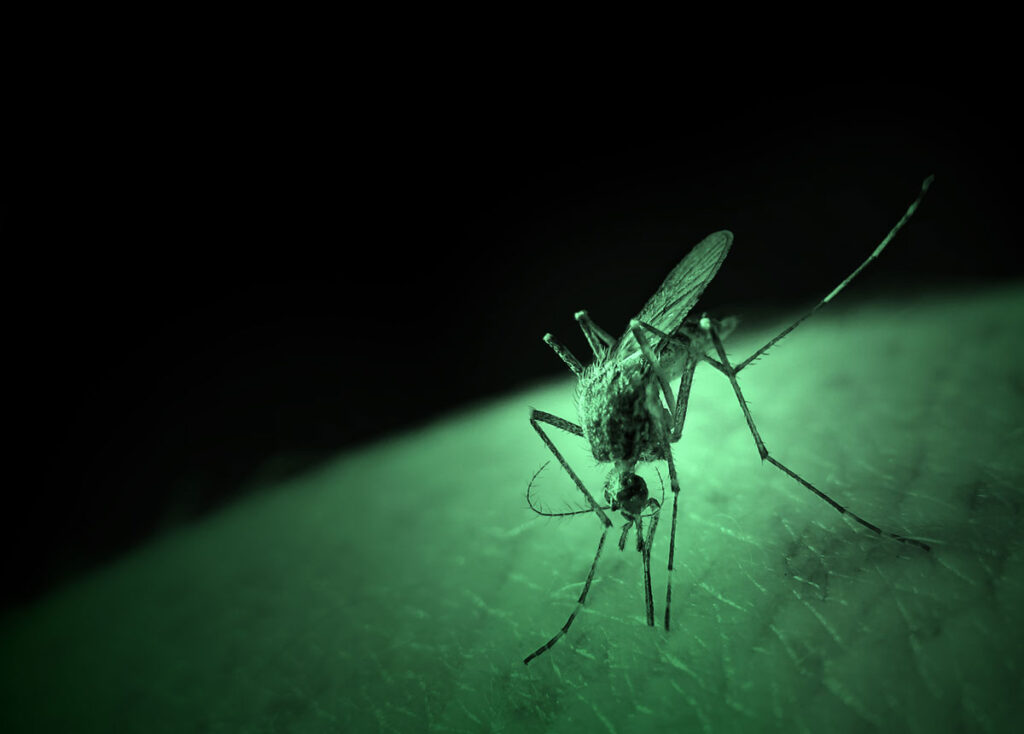A Case That Signals a Broader Threat
A newly published case report in SAGE Open Medical Case Reports presents a rare but devastating manifestation of West Nile virus (WNV) infection in an 83-year-old Alabama resident. The report details how an initially mild febrile illness rapidly progressed to severe neuroinvasive disease with poliomyelitis-like paralysis, bulbar palsy, and respiratory failure. Despite aggressive treatment, including intravenous immunoglobulin (IVIG), the patient succumbed to his illness.
This case highlights the dangers posed by WNV—an arbovirus endemic to the United States—and raises questions about diagnostic timing, treatment protocols, and preparedness for emerging mosquito-borne threats.
Key Findings and Implications
West Nile Virus Can Cause Poliomyelitis-Like Paralysis
Although most WNV infections are asymptomatic, approximately 1 in 150 cases can develop into severe neuroinvasive disease. In this case, the patient progressed from non-specific flu-like symptoms to functional quadriplegia and bulbar palsy within 48 hours. MRI findings revealed subtle enhancement of the cauda equina, and WNV-specific IgM was detected in serum, confirming the diagnosis of WNV-associated poliomyelitis syndrome. This rare complication mimics acute flaccid paralysis and requires careful differential diagnosis from conditions like Guillain–Barré syndrome.
IVIG and Plasma Exchange: Still No Definitive Therapy
The patient received a five-day course of IVIG with no neurological improvement. Post-treatment MRI showed no significant changes, and his condition continued to deteriorate. Although anecdotal success with IVIG and plasma exchange exists, their efficacy remains uncertain, underscoring the need for clinical trials to assess these modalities. This case raises the critical question: could earlier administration of IVIG or combination therapy have altered the outcome?
Clinical Vigilance is Critical, Especially in Endemic Regions
West Nile neuroinvasive disease is difficult to diagnose due to its non-specific initial presentation. Elderly patients are at higher risk for severe disease, and physicians must maintain a high index of suspicion during mosquito season, particularly in areas with known WNV transmission. Rapid neurological decline following febrile illness should prompt immediate evaluation for arboviral causes, including lumbar puncture, MRI, and serological testing.
A Sentinel Event for Vector-Borne Disease Preparedness
This case is more than a rare clinical anomaly—it is a sentinel event that highlights the growing danger of mosquito-borne diseases like West Nile virus (WNV) in the United States and globally. As climate change drives shifts in vector distribution and behavior, the geographic range and intensity of arboviral threats are expanding. In the absence of a human vaccine or antiviral therapy for WNV, the responsibility for mitigating severe outcomes rests squarely on the shoulders of prevention, clinical vigilance, and robust surveillance.
The report by Easow et al. underscores how rapidly neuroinvasive WNV can become fatal, particularly in vulnerable populations such as older adults. Early recognition and accurate diagnosis—especially during mosquito season—are essential for timely intervention. While supportive care remains the cornerstone of treatment, this case reinforces the urgent need for further research into the timing and effectiveness of therapeutic options like intravenous immunoglobulin and plasma exchange.
From a national health security perspective, this case should prompt renewed investment in vector control infrastructure, clinician training, and therapeutic development. Failure to act risks preventable illness and death, especially as seasonal and regional transmission patterns evolve. As vector-borne diseases become increasingly complex in a warming world, proactive preparedness must be prioritized—not only to save lives but to protect the integrity of public health systems and global health security at large.
Easow B, Qureshi M, Mandyam S, et al. West Nile neuroinvasive disease with poliomyelitis syndrome: A grave phenomenon. SAGE Open Medical Case Reports, 24 June 2025
Disclaimer: This article is for informational purposes only and is not intended to provide medical advice, diagnosis, or treatment. Readers should consult a qualified healthcare professional for medical concerns.


